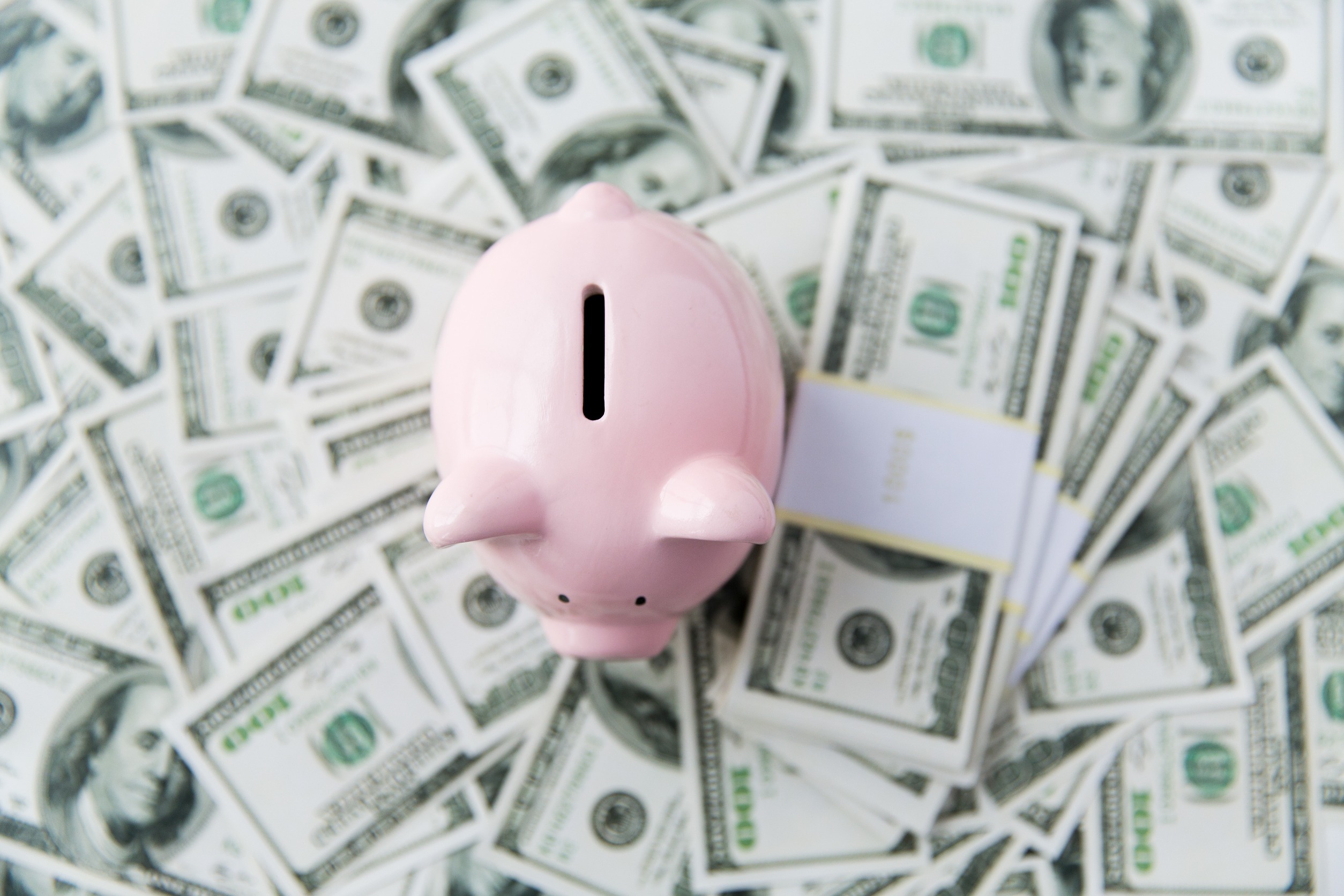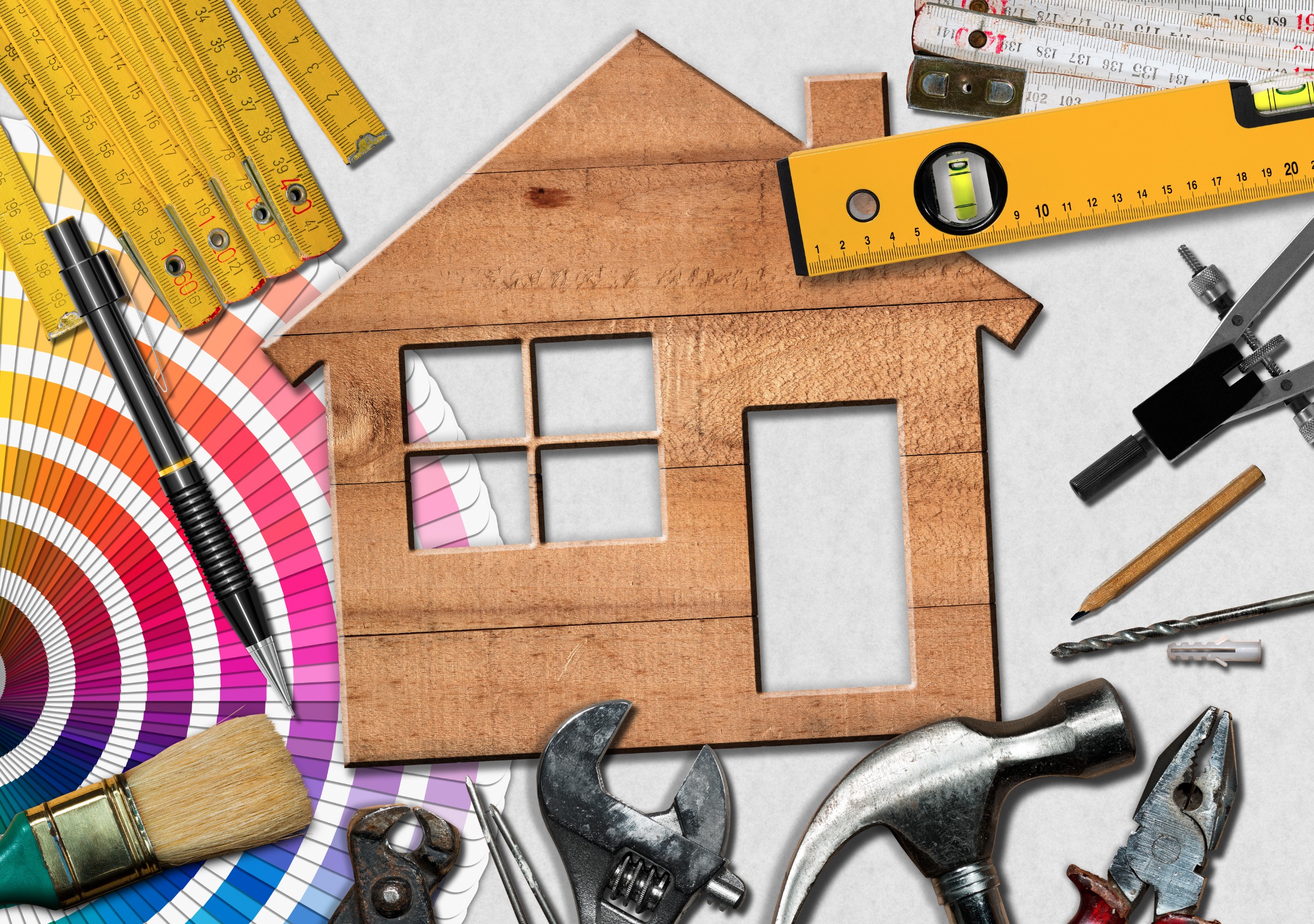
In the world of savvy shopping and bargain hunting, the thrill of snagging a deal is unmatched. However, not all that glitters is gold, and some purchases that seem like steals initially can quickly turn into significant drains on your finances. This phenomenon has become increasingly relevant as consumers navigate the shifting landscapes of quality, sustainability, and hidden costs. Here, we explore 15 items that many thought were steals but ended up being money pits, shedding light on the hidden facets of seemingly good deals.
1. Fast Fashion Finds

The allure of fast fashion lies in its ability to offer trendy items at incredibly low prices. However, the hidden costs become apparent with time. These pieces often lack durability, leading to frequent replacements and a cycle of continuous spending. Moreover, the environmental impact of fast fashion, including waste and pollution, has started to weigh on the conscience of eco-aware consumers, adding a moral cost to every cheap purchase.
2. Inexpensive Electronics from Unknown Brands

Electronics from obscure brands can be tempting with their lower upfront costs compared to established names. However, these gadgets often come with reliability issues, shorter lifespans, and minimal after-sales support. The cost of repairs or replacements can quickly surpass the initial savings, not to mention the frustration and inconvenience of dealing with faulty devices.
3. DIY Home Renovation Kits

The DIY movement has inspired many to undertake home renovations on their own, often lured by the promise of saving on labor costs. Yet, without the necessary skills, what starts as a fun project can lead to costly mistakes, requiring professional intervention. The lure of saving can ironically lead to higher expenses than hiring experts in the first place.
4. Budget Airlines for Long-Haul Flights

While budget airlines offer unbeatable prices for short trips, their long-haul flights can sometimes turn into penny-wise, pound-foolish situations. Hidden fees for baggage, meals, and seat selection can add up, diminishing the initial savings. Moreover, the lack of comfort and amenities on longer flights can take a toll, making the slightly higher cost of traditional carriers worth it for some.
5. Extended Warranties on Appliances

Extended warranties can seem like a wise investment for protecting new appliances. However, the reality is that most modern appliances are unlikely to fail within the extended warranty period, making these warranties an additional cost that rarely pays off. Consumers often end up paying more for the peace of mind than they would for potential repairs.
6. Cheap, Bulk Grocery Items

Bulk buying can lead to savings, but only if you use all the items before they expire. Purchasing perishable items or goods you use infrequently in bulk can lead to waste when these items expire or go unused, effectively negating any initial savings and contributing to unnecessary food waste.
7. Low-Cost Furniture that Requires Assembly

Furniture that comes at a low price point and requires home assembly can be appealing for its affordability and the illusion of simplicity. However, the often-inferior materials and construction can lead to a short lifespan, frequent repairs, or replacements. The time and effort required for assembly and the potential need to hire help can also add to the total cost.
8. Trendy Exercise Equipment

The latest exercise gadgets and equipment can catch your eye with promises of fitness breakthroughs but often end up underused or ineffective. The initial cost, plus the space they take up, can make these items more of a financial burden than a path to fitness, especially if they quickly become obsolete or are replaced by the next trend.
9. Timeshares and Vacation Clubs

Timeshares and vacation clubs market themselves as investments in future vacations at today’s prices. However, the ongoing maintenance fees, difficulty in exchanging weeks, and the challenge of reselling a timeshare can transform what seemed like a smart vacation strategy into a financial sinkhole.
10. Budget Beauty and Skincare Products

While drugstore beauty and skincare products can offer significant savings, they may sometimes lead to skin issues or ineffective results, prompting the purchase of more expensive remedies to counteract the effects. It’s essential to choose such products wisely, focusing on quality and suitability for your skin.
11. Inexpensive Tools for Home Improvement

For the occasional DIYer, cheap tools might seem like a good deal. However, their tendency to break or malfunction can lead to repeated purchases, higher costs in the long run, and potentially dangerous situations. Investing in quality tools that last can be more economical and safer.
12. Low-Priced Pet Products

Pet products that come with a low price tag, such as toys, beds, or even food, can sometimes compromise on quality, leading to frequent replacements or health issues for your pet. The long-term costs of veterinary care resulting from inferior products can far exceed the initial savings.
13. Bargain Smartphones with Limited Features

Smartphones from lesser-known brands or older models might be wallet-friendly, but they often lack the longevity, support, and functionality of slightly pricier counterparts. The need for frequent upgrades or replacements can make these bargain phones more costly over time.
14. Discounted Online Courses with No Accreditation

The rise of online learning platforms has made education more accessible, but not all courses offer value. Enrolling in discounted courses that lack proper accreditation or fail to provide practical skills can result in wasted time and money without advancing your career or knowledge.
15. Cheap Travel Insurance

Opting for the cheapest travel insurance might seem like a cost-saving measure, but it can leave you inadequately covered. When faced with travel mishaps or health emergencies abroad, the out-of-pocket expenses due to insufficient coverage can dwarf the initial savings on premiums.
Financial Strategy

Ultimately, while the pursuit of bargains is a wise financial strategy, it’s crucial to look beyond the price tag and consider the long-term value and hidden costs associated with seemingly good deals. By doing so, consumers can avoid falling into the trap of “money pits” and make truly savvy purchasing decisions.
Can you think of other products that ultimately turn into money pits? Share your thoughts in the comments below.
Read More:
- 10 Financial Advisors’ Tips That Don’t Hold Up in Today’s Economy
- From Wealth to Want: 8 Luxury Spending Habits That Could Lead to Financial Ruin
Tamila McDonald is a U.S. Army veteran with 20 years of service, including five years as a military financial advisor. After retiring from the Army, she spent eight years as an AFCPE-certified personal financial advisor for wounded warriors and their families. Now she writes about personal finance and benefits programs for numerous financial websites.